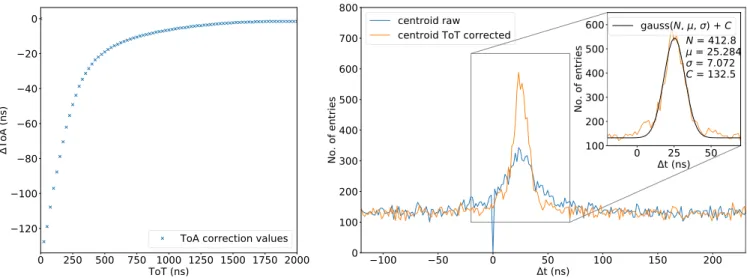Multidimensional quantum-enhanced target detection via spectrotemporal-correlation measurements
Texte intégral
Figure
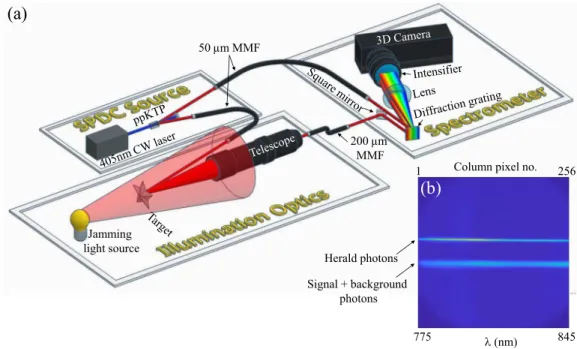
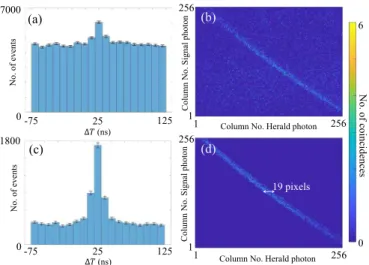
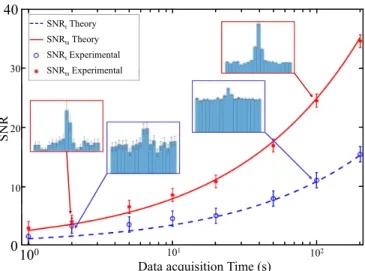
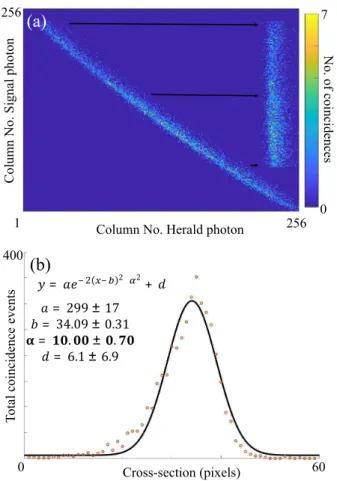
Documents relatifs
In order to have an accurate way to correct time error between the two receivers, a synchronization protocol has been developed, based on the periodic emission of a
Traversal time (lower graph) and transmission coefficient (upper graph) versus the size of the wavepacket for three different values ofthe central wavenumber, k = 81r/80 (dashed
practices or acts that transcendentally condition the possibility of all other social practices. Let us nevertheless reflect briefly on the relation of the sub-categories of gift
There fore, ~~ their sugges tion, It was ~eeided to test an alte rna te cognitive technique , guide d imagery , in order to determine whether this method would provide a more
Contrarily to classical audio features like MFCC, we make the hypothesis that histograms of gradients are able to encode some relevant informations in a time-frequency
The predicted covariance structure depends on the readout parameters, and in particular on the temporal integration window w and typical number of neurons K used in the formation of
The comparison of the traveltimes estimated from positive and negative time surface waves allows us to distinguish the fluctuations due to any form of physical change in the medium
Among the nine available data (three axes for each of the three sensors), we chose to use only 2 of them: the accelerometer z-axis and the gyroscope z-axis.. A
